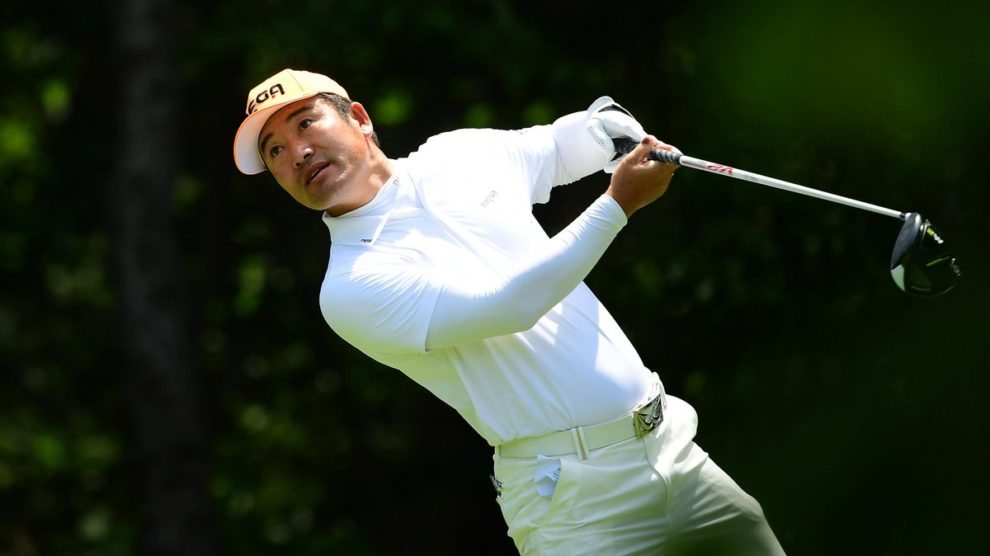Golf is hard. There are no two ways about it.
Most golfers are happy just to hit the ball straight -- or at least straight enough to avoid the woods, or the sand, or the water or any number of very bad places to find your golf ball. However, even bad golfers need to at least understand how to hit a draw (or a hook) and a fade (or a slice). If you know why you produce each shot shape, then you can have a better understanding of why your golf ball flies with the side-to-side shape that it does and, more importantly, have a better chance of being able to change your shot shape when you'd like -- like when you're stuck behind a tree.
What determines your golf shot shape?
The shot shape you tend to hit happens for a reason, and the reason is pretty cut and dry. Your shot shape in golf depends on two things: where your club face is aligned at impact and the path along which you swing the golf club.
If you aim your club face at the target, and then you take a swing that goes on a path right through that aiming point, then the ball is going to straight -- or awfully close to straight. When the target and path are lined up, that's when the dreaded straight ball happens. That's true, too, when you're playing for a draw or a slice, and then you wind up hitting it straight. Your club face may be aimed to start the ball left or right of your target, but when your swing path goes right through where you're aiming, that ball is going straight.
That explanation might be a eureka moment to understand shot shape, but let's spell it out better.
How to hit a draw
When you want to hit a draw, you want to aim your club face at your finishing target (the flag, the fairway, whatever it might be). Then, you're going to swing the club on an inside-out path. That means you're going to want your swing path to go out toward the right, or more toward the outside of the golf ball, if you're a right-handed golfer. The combination imparts the spin you need to draw or hook the ball. How much you draw or hook the ball depends on the difference between your aiming point and your swing path. The bigger the difference, the bigger the draw. The smaller the difference, the tighter the draw.
How to hit a fade
When you want to hit a fade, you want to aim your club face at your finishing target (the flag, the fairway, whatever it might be). Then, you're going to swing the club on an outside-in path. That means you're going to want your swing path to go out toward the left, or more toward the inside of the golf ball, if you're a right-handed golfer. The combination imparts the spin you need to fade or slice the ball. How much you fade or slice the ball depends on the difference between your aiming point and your swing path. The bigger the difference, the bigger the fade. The smaller the difference, the more baby the fade.
Shaping shots both ways isn't easy
While you now know why draws and fades happen, putting that knowledge to work in a round of golf is a whole other story. We all have swing tendencies that make hitting certain shot shapes more likely. You could come in steep or flat. You could have your hands in various positions in the swing that might make solid contact difficult, much less intentionally shaping it.
Knowing is the first step. Now you can take this to the range and start trying it out. With some practice and maybe a helpful set of eyes watching you, you can learn how to shape the ball well enough to use it in a pinch. Being able to confidently aim through and hit around an obstacle on the course can save you strokes (and it can make you overconfident sometimes, too). At a minimum, if you can learn to use this knowledge to get out of trouble spots on occasion, then you're going to be a better golfer.

